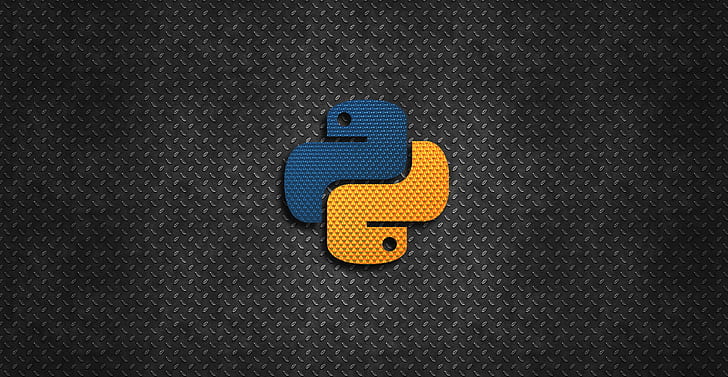Retraining a machine learning model is necessary to ensure that the model maintains its accuracy over time. There are several causes for retraining ML models, including changes in the real-world processes or engineering around the model, changes in data, engineering, or business rules, and external factors such as user profiles or macroeconomic trends. When these changes occur, they can degrade the model’s performance and necessitate retraining.

There are several cues that indicate when it is time to retrain a machine learning model:
1. Deterioration in performance metrics: If the model’s performance metrics, such as accuracy or precision, have significantly decreased, it may be an indication that retraining is necessary.
2. Change in the distribution of predictions: If the distribution of predictions made by the model has changed from what was observed during training, it may be a sign of drift and a cue for retraining.
3. Divergence between training data and live data: If the training data and the live data have started to diverge, meaning that the training data is no longer a good representation of the real world, retraining may be required.
Different methods can be used to detect drift and determine when retraining is necessary:
1. Error rate based drift detection: This method involves monitoring the model’s performance and retraining when a significant dip in performance is observed. The threshold for retraining should be determined based on the performance expectations set during model development.
2. Drift detection on the target variable: Even without explicit labels, the distribution of predictions can be compared to the distribution observed in the training data. Statistical tests such as Z-test, Chi-squared, Kolmogorov–Smirnov, Jensen-Shannon, and Earth Mover’s Distance can be used to compare the distributions and determine when retraining is required.
3. Drift detection on the input data: For structured tabular data, baseline statistics can be generated from the training data for each feature and compared to the statistics observed in the live data. This method leverages pre-existing data quality steps or metrics and can be easier to implement.
Retraining is not the end of the process. It is important to understand the dependencies of the model, perform error analysis and debugging, and continually improve the model based on insights gained during the retraining process.






Pingback: How to retrain your machine learning model | by TechNikhil | Jan, 2024 - TechBuzz